Install a Global App Menu in Xubuntu 18.04
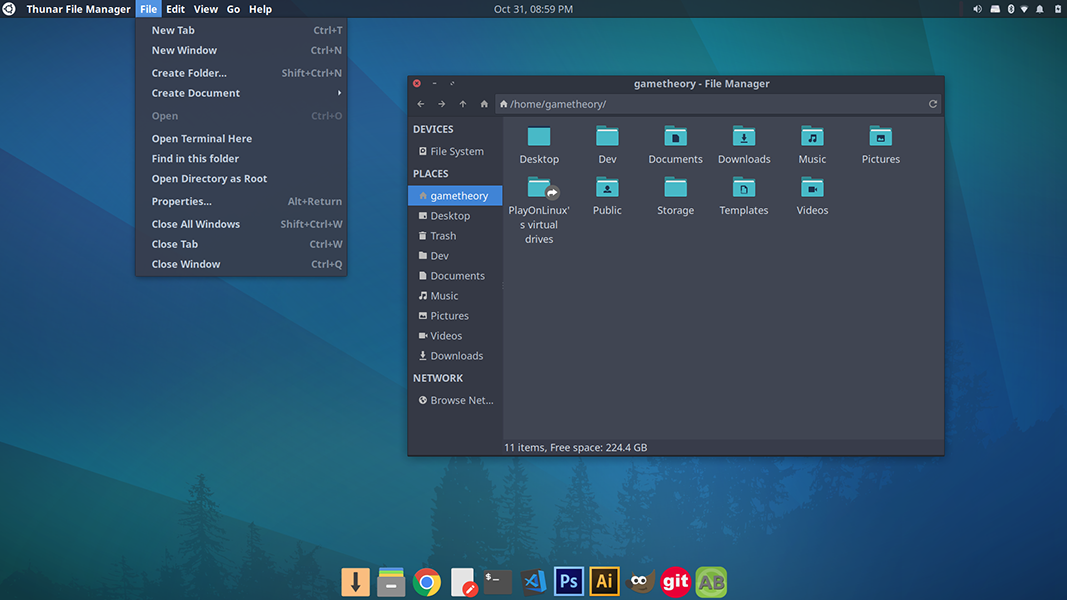
If you ever used ubuntu when it still used the unity desktop, chances are you liked the unity global app menu and would like to have it on Xubuntu 18.04. Hate it or love it, ubuntu did some things really well when it used unity, like the HUD and the Global App Menu. Luckily, we don’t need unity to install a global app menu in Xubuntu 18.04.
Tags: tutorials, linuxUpgrade Kept Back Packages in Linux
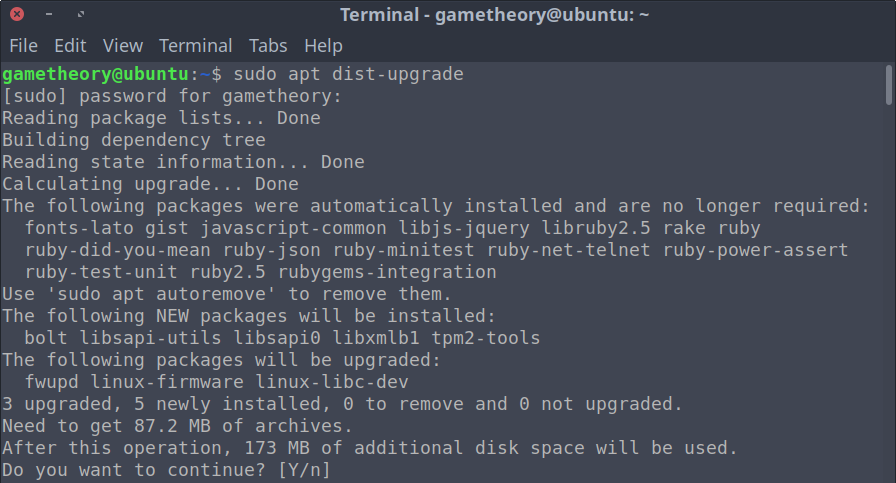
Occasionally when updating your linux system from a terminal, you’ll notice a warning stating “The following packages have been kept back”. This means that when updating, those packages will not be upgraded. Today we’ll look at how to upgrade kept back packages in linux.
Tags: tutorials, linux, command lineRemove Orphaned Packages in Linux
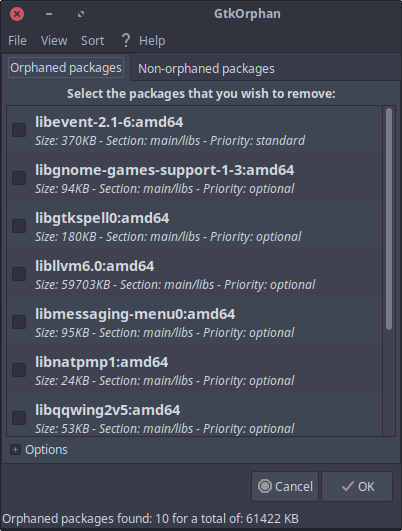
There are a couple of tools to remove orphaned packages in linux. Packages in linux systems depend on other packages or libraries in order to work properly. In some cases you will already have some or all the dependencies installed from them being installed by other packages.
Tags: tutorials, linux, command lineBash Aliases
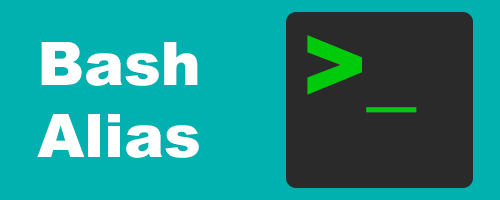
If you’re not familiar with bash aliases I highly recommend you read on. Bash aliases are fantastic for saving time and not having to remember commands or groups of commands.
A bash alias is just a shortcut that you can set to be a word or even a single letter.
Tags: tutorials, linux, command lineClear or Reset Terminal
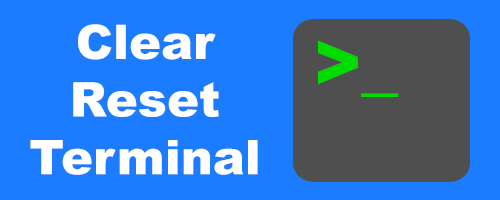
Whenever you’re using the terminal extensively you may find your terminal cluttered with commands and output. This can be rather annoying and even confusing at times with the bash prompt at the bottom of your terminal screen. The solution to this is to clear or reset terminal.
Tags: tutorials, linux, command lineCheck Linux OS Version in Terminal
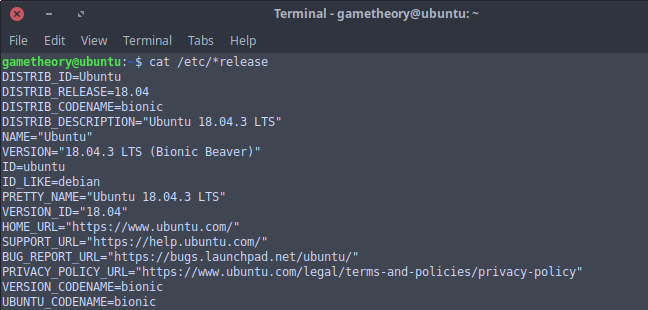
There are a few ways to check your kernel and linux os version, but today we will cover some commands to do this in a terminal.
Knowing how to check your kernel and linux os version in a terminal can be useful if you ever need help in a forum where they might ask for this information. You can also use this info in a bash script to determine what actions to take in your script based on the kernel and linux os version. Whatever the case may be, it’s a good idea to get familiar with these commands.
Tags: tutorials, linux, command line